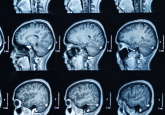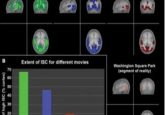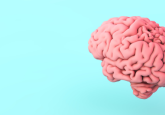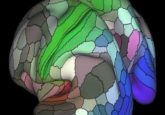Finding the sweet spot of female pleasure

Researchers pinpoint the region of the brain that responds to clitoral stimulation.
The clitoris is the only organ we know of that has the sole purpose of providing pleasure, but rather ironically, it has been largely ignored by science. To better understand female pleasure, researchers from Charité – Berlin University of Medicine (Germany) have found the region of the brain that responds to clitoral stimulation, providing much-needed insights into the role of the clitoris in female pleasure [1].
The clitoris is an extremely sensitive organ; in fact, a recent study found that the human clitoris has over 10,000 nerve fibers [2], nearly four times as many as a fingertip. However, finding the corresponding region in the somatosensory cortex – the region of the brain that is responsible for receiving and processing sensory information and responds to clitoral stimulation – has proved difficult. Additionally, studies that have attempted to map the region have produced conflicting results.
 Love really hurts without you: oxytocin helps regenerate the heart
Love really hurts without you: oxytocin helps regenerate the heart
Oxytocin is known as the love hormone due to its role in generating pleasure, but research finds it might also be implicated in cardiomyocyte regeneration.
To map the elusive control center of the clitoris, the team of researchers, led by Andrea Knop, used functional MRI (fMRI). They imaged the brain’s response to a membrane vibrating over the clitoral region and compared the images to ones taken when the same device was put on their right hand. They carried out the experiment on 20 volunteers and discovered that, just as sexual experiences differ from one woman to the next, the precise location in the brain linked to the clitoris also differs from woman to woman.
Once the researchers determined the corresponding region in each volunteer, they used cortical surface analyses to assess the structural thickness of the area. They found that structural thickness correlated with frequency of sex, suggesting use-associated plasticity, meaning the structure alters in relation to its use.
The results of the study may offer insights into the role of this region of the brain in healthy sex, the causes and potential treatments of sexual dysfunction and dissatisfaction, and the long-term effects of sexual abuse on the brain. The precise mapping could also help target the genital representation in the brain for treatment of medical conditions.





